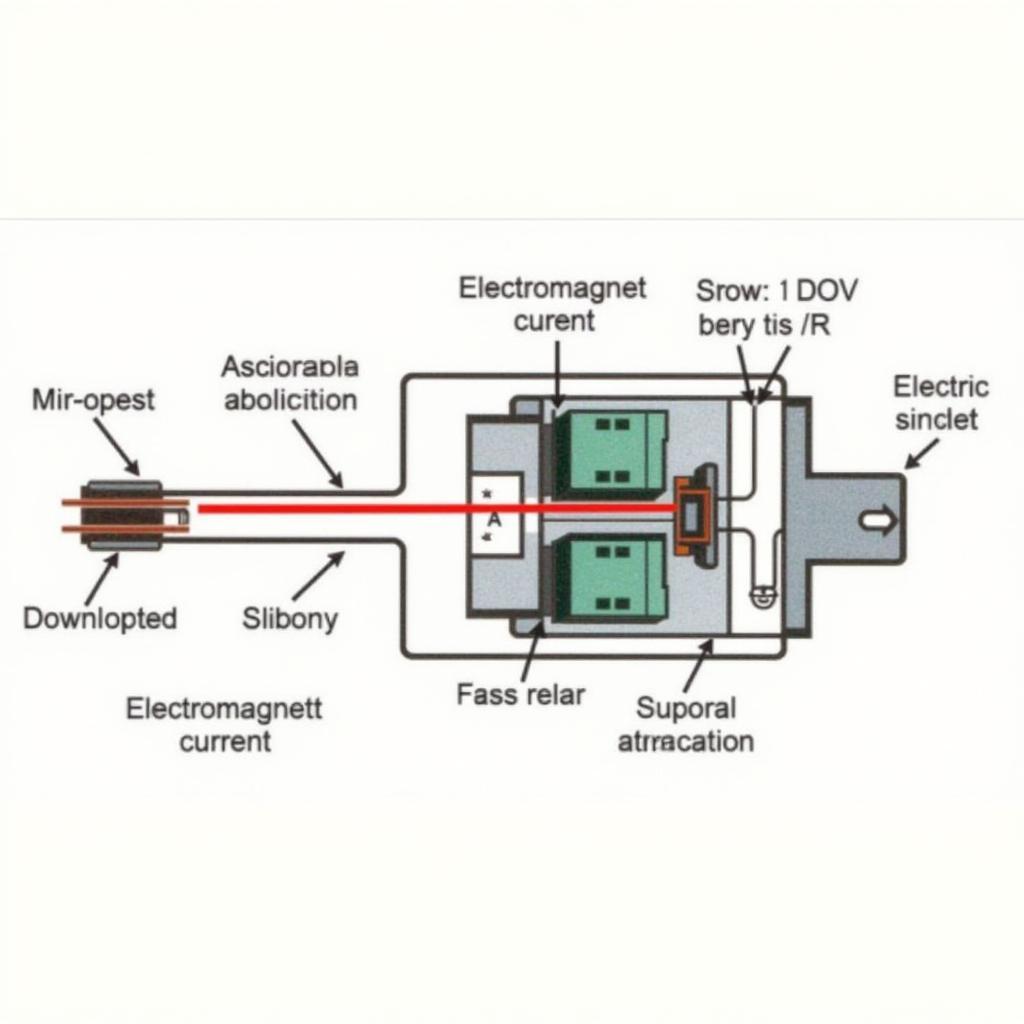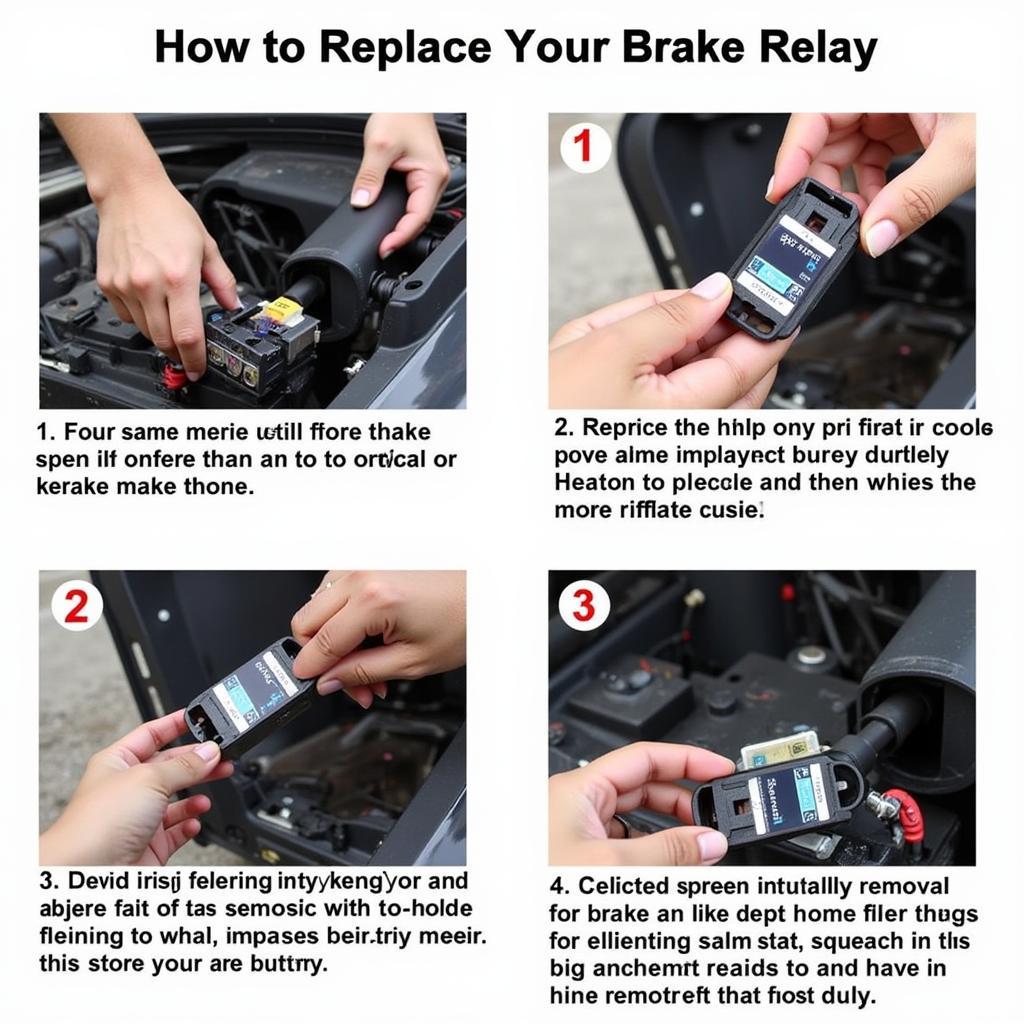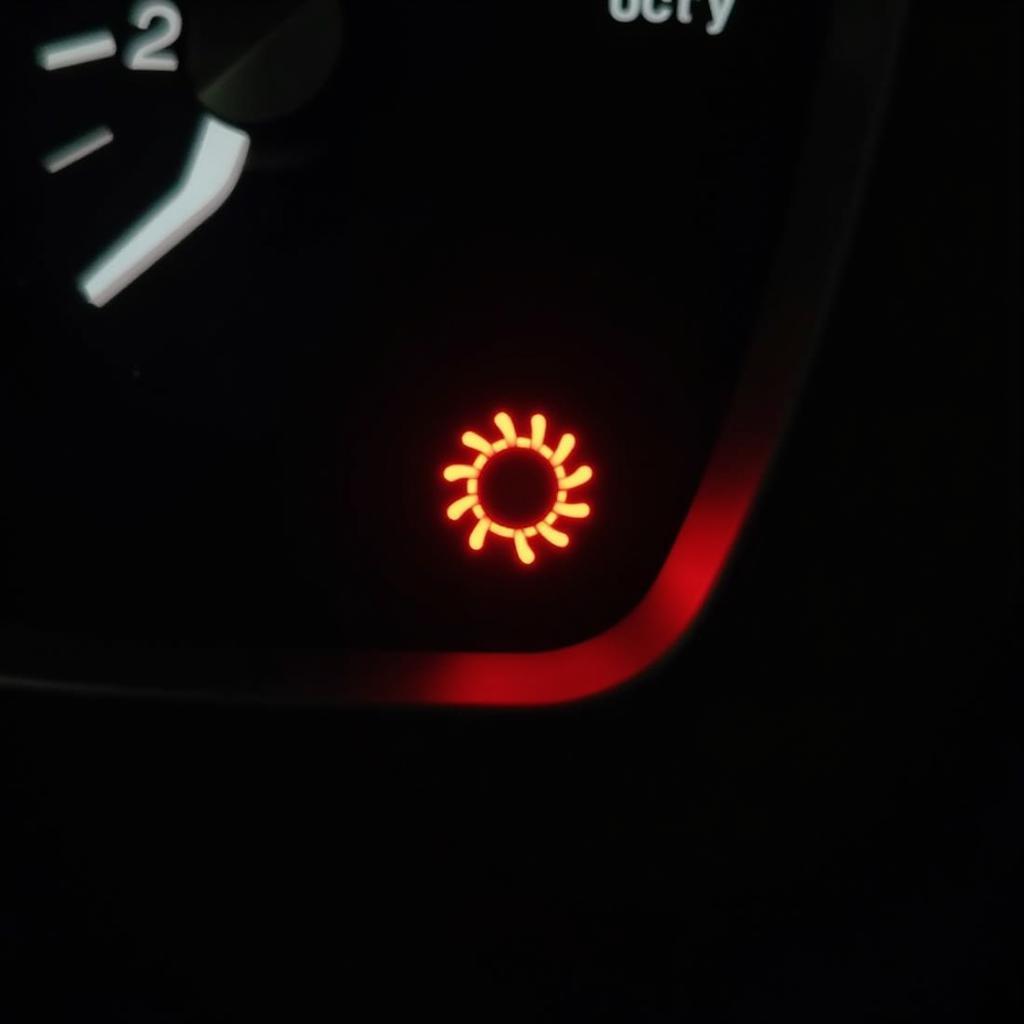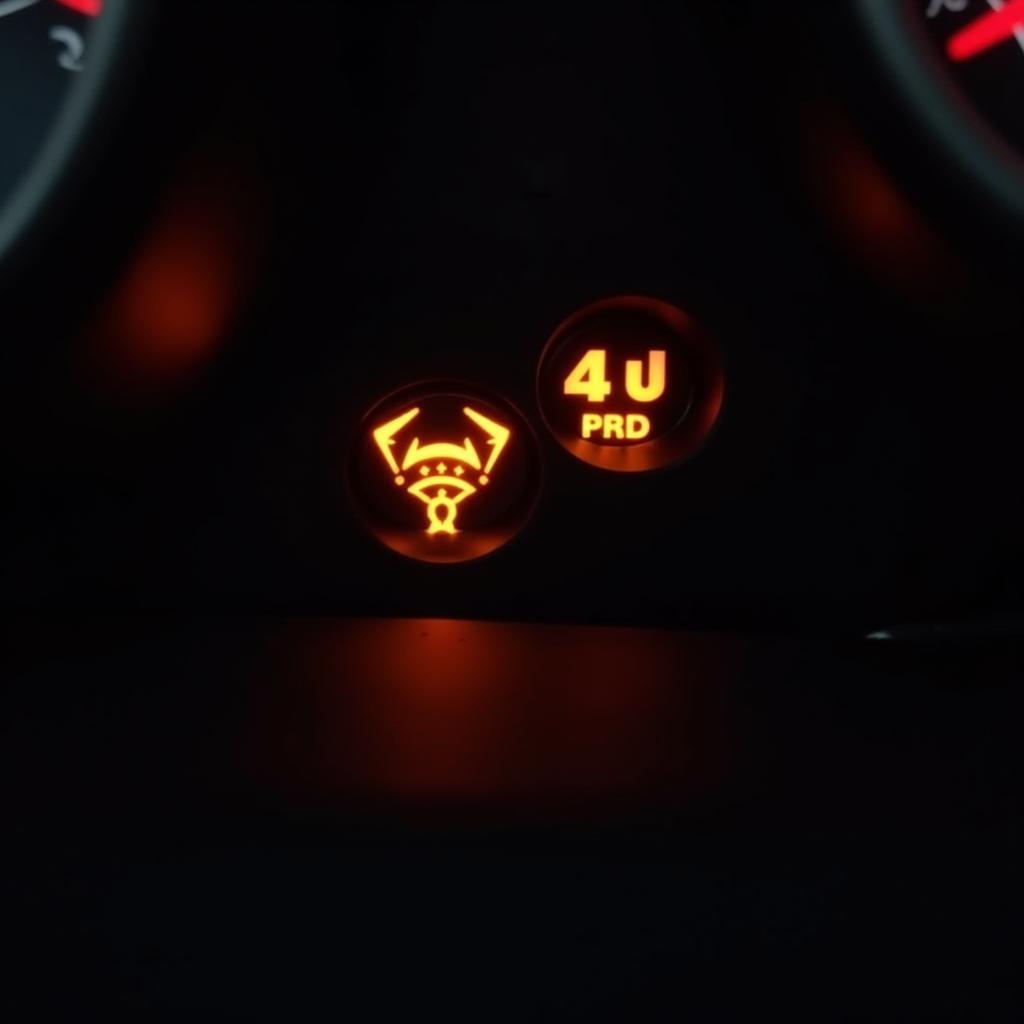The Warner brake relay, particularly part number 6001-101-001, plays a critical role in the proper functioning of your vehicle’s braking system. This comprehensive guide delves into the intricacies of this specific part, offering valuable insights for diagnosing issues, exploring replacement options, and understanding its importance for safe and efficient braking performance.
Understanding the Function of a Brake Relay
Before we dive into the specifics of the Warner brake relay 6001-101-001, let’s first establish a clear understanding of a brake relay’s general function. Imagine this: you press down on your brake pedal, initiating a chain reaction within your vehicle’s electrical system. This action sends a low-current signal to the brake relay, which acts as a switch, closing a circuit that allows a much higher current to flow to activate the brake lights and other critical components.
 brake relay diagram
brake relay diagram
Warner Brake Relay 6001-101-001: A Closer Look
Now, let’s focus on the Warner brake relay part number 6001-101-001. This specific relay is often found in a variety of vehicles, renowned for its durability and reliability. However, like any electrical component, it can be subject to wear and tear over time.
Common Symptoms of a Failing Warner Brake Relay 6001-101-001
Identifying a potentially failing brake relay early on is crucial to prevent hazardous driving situations. Here are some telltale signs to watch out for:
- Brake lights malfunctioning: This could manifest as brake lights that are dim, flickering, or completely non-functional.
- Issues with starting the engine: In some vehicles, the brake relay also plays a role in the starting system, and a faulty relay can lead to starting problems.
- Clicking sounds from the relay: When you press the brake pedal, you might hear audible clicking sounds emanating from the relay, indicating an internal electrical problem.
Diagnosing a Faulty Warner Brake Relay 6001-101-001
“A faulty brake relay can often mimic other electrical issues within a vehicle’s system,” says John Smith, Senior Automotive Electrician at ABC Auto Services. “Proper diagnosis is essential to avoid unnecessary part replacements.” Here’s a simplified approach to diagnosing a potentially faulty relay:
- Locate the brake relay: Consult your vehicle’s owner’s manual for the exact location, usually found in the fuse box under the hood or dashboard.
- Visual inspection: Check the relay for any visible signs of damage, such as burning, melting, or corrosion.
- Testing the relay: This involves using a multimeter to check for continuity across the relay’s terminals.
Replacing the Warner Brake Relay 6001-101-001
If your diagnosis points to a faulty relay, replacing it is a relatively straightforward process:
- Disconnect the battery: Safety first! Disconnect the negative terminal of your car battery before proceeding.
- Remove the old relay: Gently pry out the old relay from its socket.
- Install the new relay: Align the pins on the new relay with the socket and firmly press it into place.
- Reconnect the battery: Reconnect the negative terminal of your battery.
- Test the new relay: Turn on the ignition and depress the brake pedal to ensure the new relay is functioning correctly.
 replacing brake relay
replacing brake relay
Ensuring Optimal Braking Performance: Beyond the Relay
While the Warner brake relay 6001-101-001 is a crucial component, it’s important to remember that it’s just one piece of the complex braking system puzzle. Regular maintenance, including brake fluid flushes, brake pad replacements, and overall system inspections, is paramount to ensure optimal braking performance and, most importantly, your safety on the road.
This guide provides a starting point for understanding and potentially resolving issues related to the Warner brake relay 6001-101-001. However, remember that seeking professional assistance from a qualified automotive electrician is always recommended, especially if you’re dealing with complex electrical issues or are unsure about performing any of the diagnostic or replacement steps outlined above. Safe driving!


